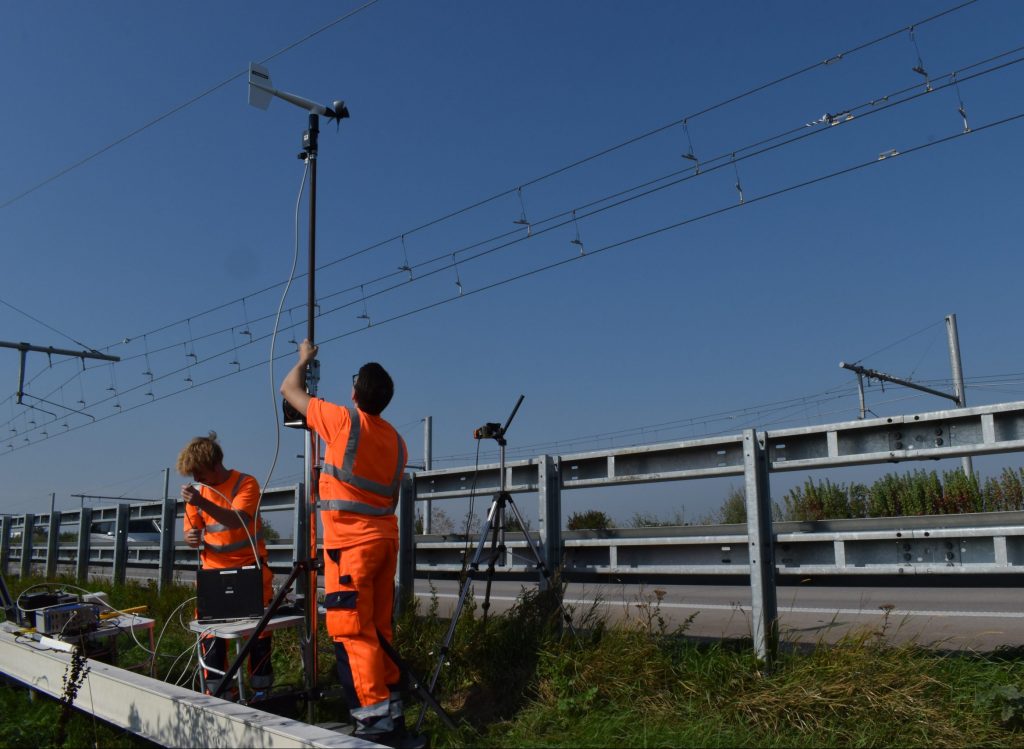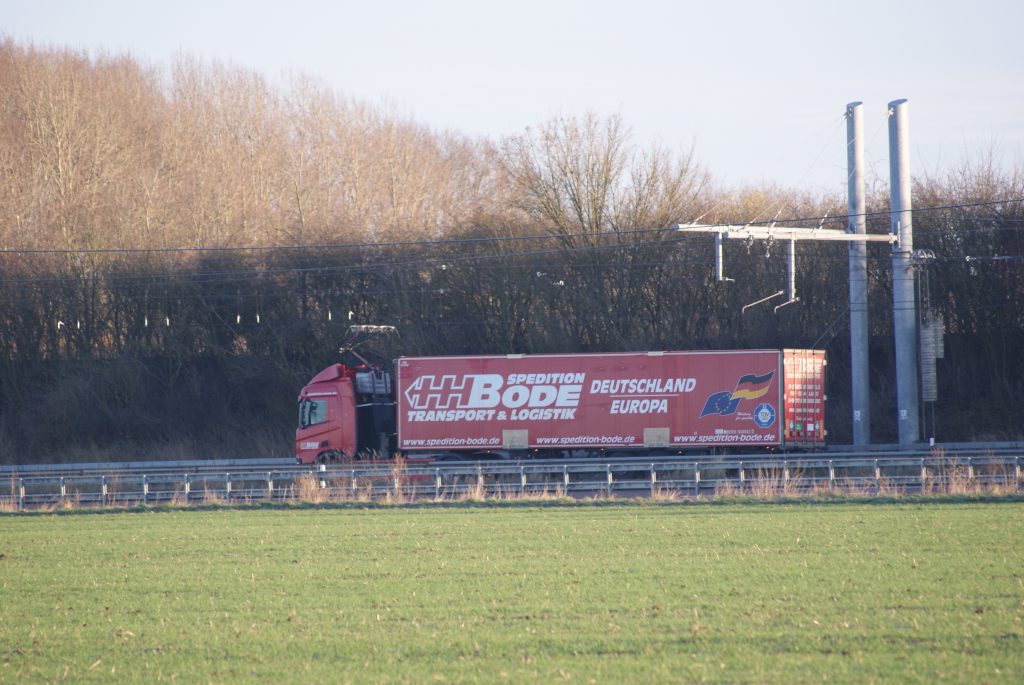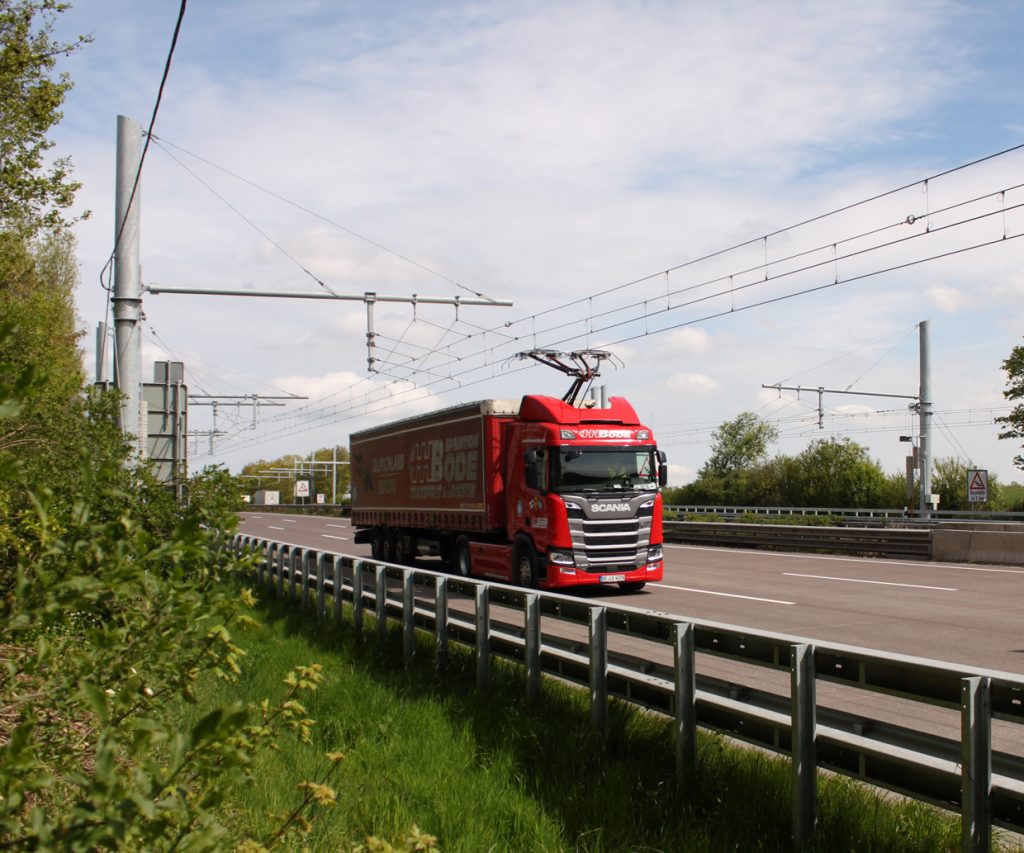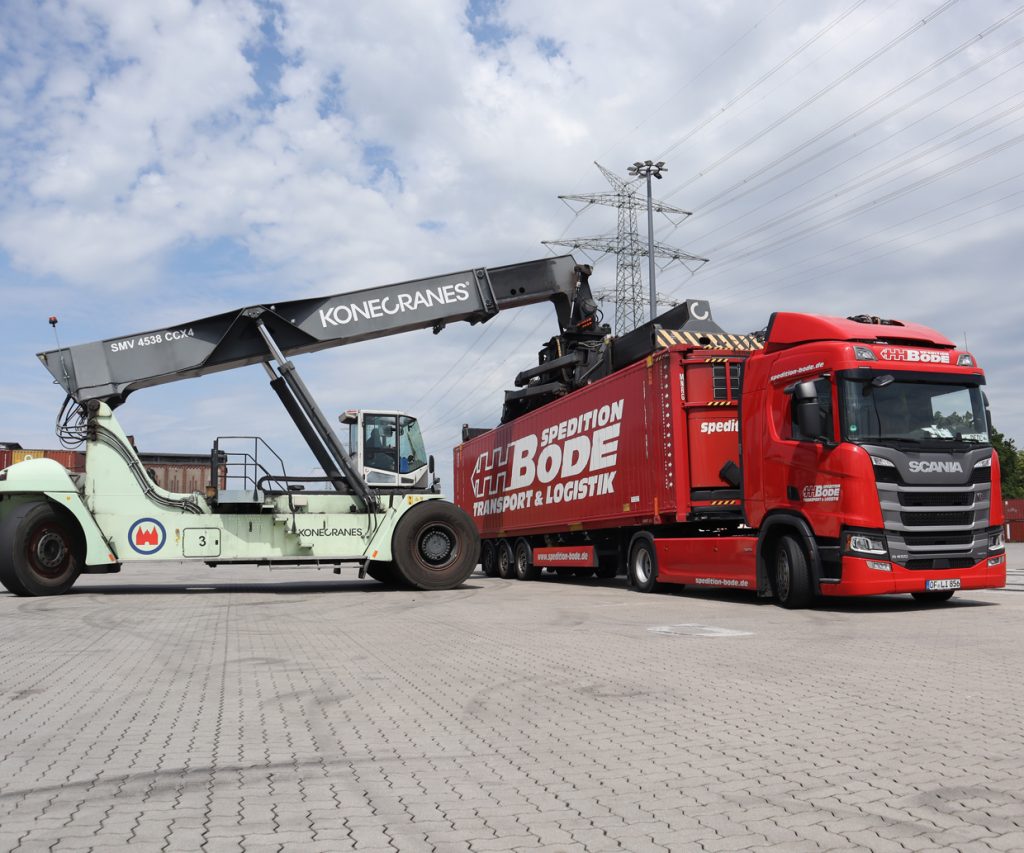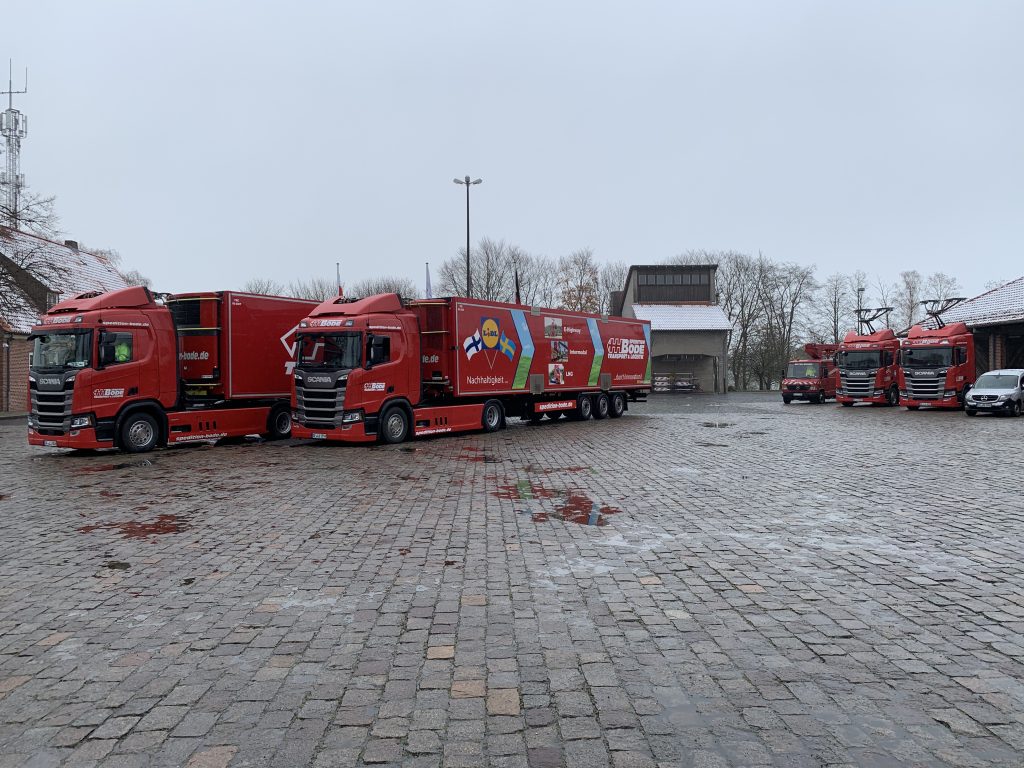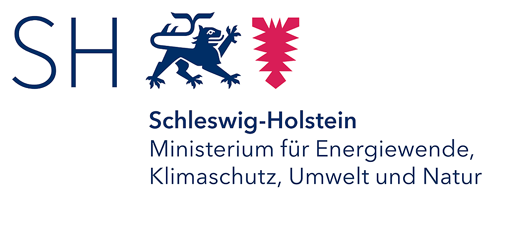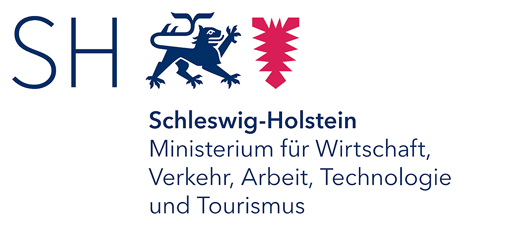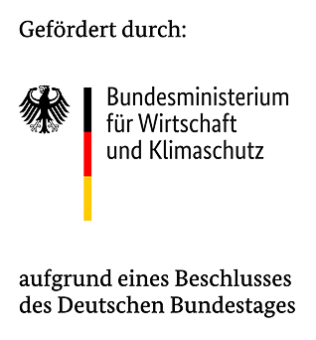Research
The goal of the field trial is to conduct real-world testing of the infrastructure in the system with overhead hybrid trucks. Until the end of 2024, technical, ecological and economic aspects will be considered. The results of the research projects will be used to identify any problems and development gaps so that, if the overall balance is successful, a targeted expansion of the technology can be driven forward.
Research focus
Based on the analysis and evaluation of the resulting grid repercussions caused by the FESH-eHighway facility, it should be possible to estimate the effect of the facility on the public power grid and subsequently develop a grid expansion strategy for the possible expansion of the eHighway.
The aim of the overall ecological assessment of the OH system by means of model calculations that take into account both the operation and the construction of the system is to exclude negative overall impacts with regard to climate protection, air quality, noise levels, resource consumption and nature conservation.
Based on the real data from the operation of the hybrid trolley trucks, models are created that enable the technology comparison between OH trucks, battery electric powered trucks and classic diesel vehicles. These models can be used to map possible future scenarios, develop the comparison to alternative transportation concepts, and forecast for a larger fleet.
For the economic evaluation of the system, an investigation system is being developed with regard to the data obtained in the use of the OH trucks, which will form the basis for a calculation scheme that will enable freight forwarders to make forecasts on logistics in comparison with that of conventional trucks.
Interviews, standardized questionnaires and behavioral observations, document analysis, and adaptive safety assessment will be used to assess (evolving) public acceptance of the overhead contact line system.
The objective of the bird behavior study is to determine if the overhead power lines have a negative impact on the behavior of affected migratory birds or nesting behavior in the surrounding area.
University network partners
Various universities and research institutions are involved in these research projects, including Kiel University of Applied Sciences, Heilbronn University of Applied Sciences and Dresden University of Technology, which are playing a key role in the field test. The individual research activities, especially on infrastructure, are supported by the Research and Development Center of Kiel UAS GmbH.





